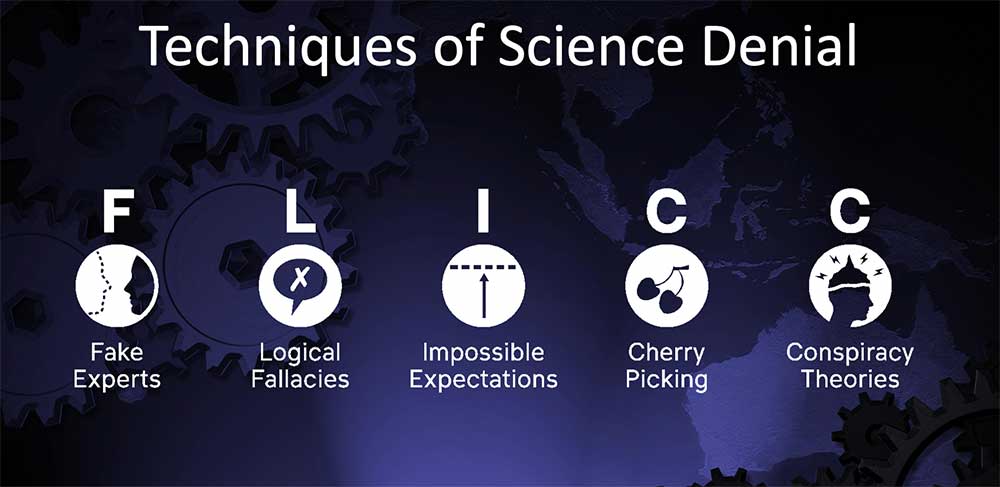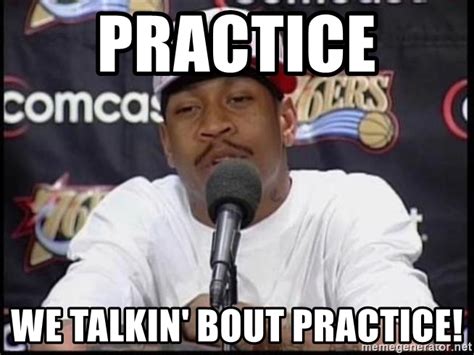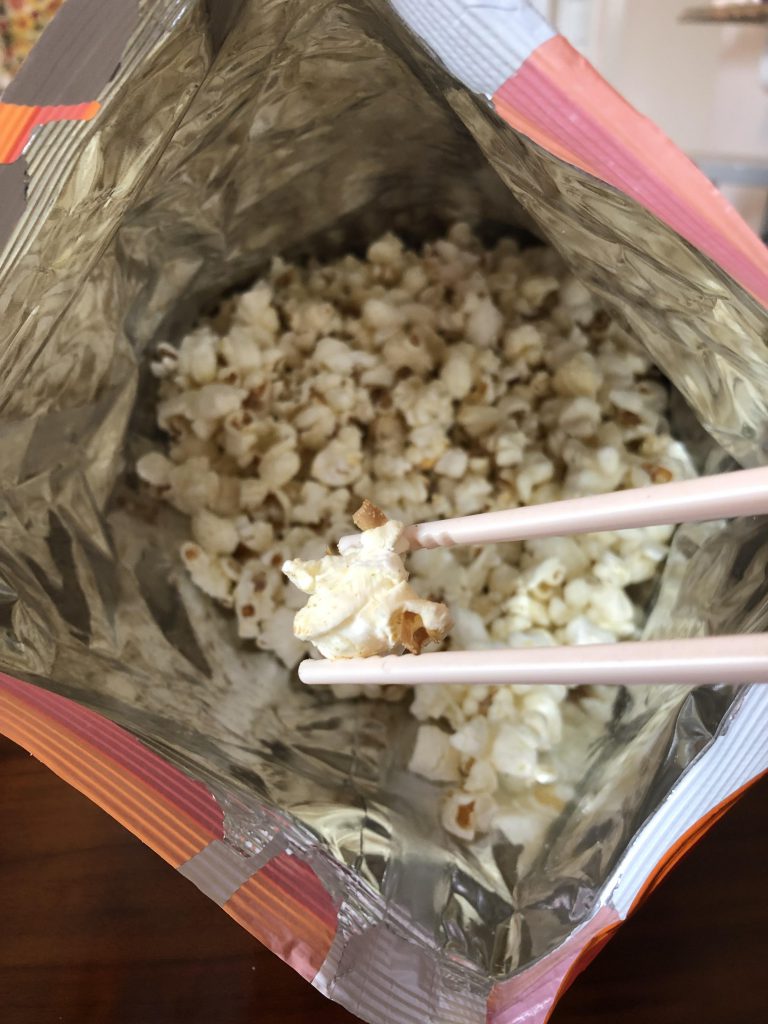Who Needs Data? Publicly Available Datasets You Can Use in Class
Looking for large publicly available data for your students to explore? Below we provide a collection of sources and links. Title Description Link The Stanford Open Policing Project Standardized stop data are available to download (by location) from the table below. We provide these data in both CSV and RDS formats. Click here The General Social Survey (GSS) Since […]
Who Needs Data? Publicly Available Datasets You Can Use in Class Read More »








